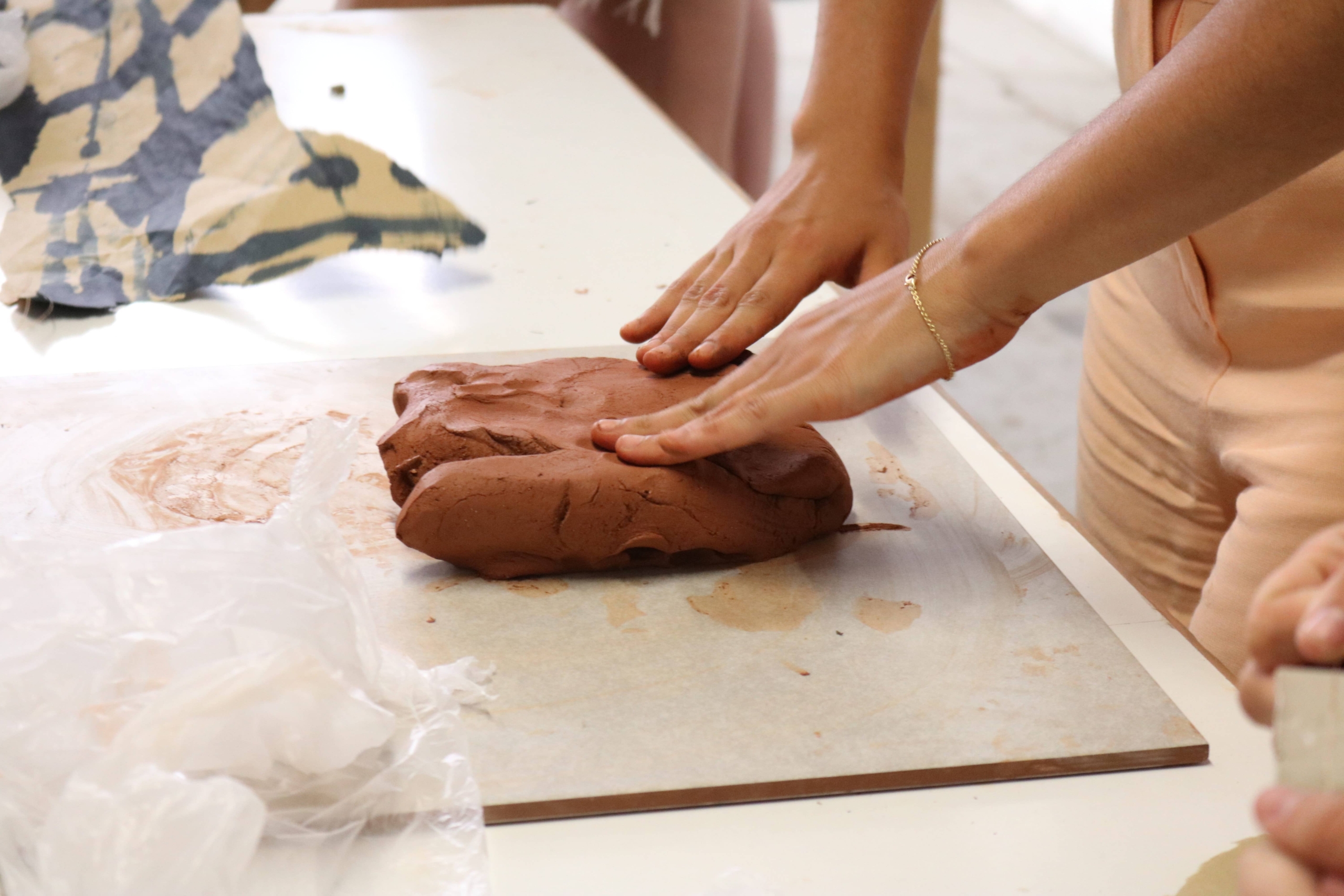Applications of art therapy for mental health: At the beginning of the 20th century, arts focus their attention to the subjectivity of the artist, psychoanalysis and its idea of the unconscious emerges, the modern artists reflect on the images of the inner world and not only the appearance of the exterior.
The value of expressionism for example, as current aesthetic self-expression and the inner world of the artist and the assessment of creativity that of the mentally ill is made in these modern aesthetic currents, closer to the world of psychiatry with art, marking a first reference for the development of the art therapy in the field of mental health.
On the other hand, after the Second World War, the various institutions and mental health professionals face the challenge of treating and rehabilitating large populations of people affected, damaged and traumatized by the effects of a devastating war.
These events mark the start of the search for new therapeutic practices that allow the treatment and the rehabilitation of these people.
New techniques and therapeutic methods emerge and develop, such as group therapy, occupational therapy and the therapy through art.
Specifically the first experiences in mental health arose from the practices of teaching arts to the interior of the psychiatric hospitals.
Artists were inserted within hospitals and help diverse patients initially to occupy their free time in leisure activities group and focused instead on making art objects.
However, progressively as different mental health sciences deepen their notions of psychotherapy and treatment, artists or art teachers are recognizing in artistic practice not only a means of recreation, but also a form of experience that allows one to deploy a set of affective, motivational and social functions in different patient groups.
In this sense, the development of the art therapy in mental health moves between the first practices with patients to the present in which the various forms of art therapy include different psychotherapeutic strategies in individual and group-based art workshop.
The areas that meet a greater diversity of practices in the field of mental health are without doubt, the area of treatment and rehabilitation of severe mental disorders.
Wood, C. (1997) points out that the work of art therapy in the area of severe mental disorders has been present since the early days of the profession in the 1930’s to the 1950’s, in Great Britain.
He explains how the pioneering artist Adrian Hill, works with this population in psychiatric hospitals, however, he points out that this art therapist did not work with psychotic people, although with some people with a history of psychosis.
It also highlights the impact of mental health policies and changes in psychiatric institutions as a challenge for the development of various forms of treatment for people with severe mental disorders.
Some important changes relate to the closure of the old psychiatric asylums and the implementation of a set of instances of community care (day hospitals, therapeutic communities, day centers, acute units, etc.).
Wood, C. (1997) stresses that each of these contexts demands a kind of intervention in art therapy, differentiated.
Art therapy inserted within a set of psychosocial interventions in this type of treatment can contribute to the strengthening of various ego functions in various people, enhancing the sense of competence and self-esteem, is a space that allows containment of psychotic anxiety and is a vehicle for interpersonal relationship (Kings, 2003).
Currently we find diverse practices of art therapy in the field of mental health, in recent literature found art therapy practices, long and short term formats with children, young people and adults with addictions inserted in therapeutic communities, in care of acute in format of open group workshop, with depressed people, eating disorders, and severe personality disorders, psychosis, among others. Art therapy is an alternative especially recommended with those people struggling to verbalize experiences and symbolize his or her inner world.
Articles are protected by copyright laws. We ask that if you use them that they are cited properly.
Author:
Pamela Reyes
Lic Psicologia
University of Santiago, Chile
MA Art Therapy UB.
artepamela@yahoo.com
You might also be interested in reading:








